If you're looking to give your oxygen concentrator a rest, you've clicked on the right article. Here, we're diving into the dos and don'ts of storing this essential device-the right way. Think of it as more than just putting away a piece of equipment; think of it as nurturing the very machine that helps you breathe easier. So, whether you're stepping away from your concentrator for a short spell or stowing it for the foreseeable future, our aim is to arm you with all the tips and tricks to keep it in tip-top shape, always ready to spring back into action when you need it most. Let's get started on making sure your oxygen concentrator stays safe, sound, and efficient-just like the day you first brought it home.
Why Is It Crucial to Store Your Oxygen Concentrator Correctly?
Storing your oxygen concentrator properly is a critical step that should never be overlooked. The reasons are straightforward and significant. First, it directly impacts the device's longevity. Correct storage protects the concentrator from environmental factors that can cause wear and tear over time. Secondly, safety is a prime concern. If a concentrator is stored improperly, it could potentially become unsafe to use when you most need it.
Maintaining performance is another key aspect; a well-stored machine is more likely to operate at its full capacity, ensuring you get the right amount of oxygen when you turn it back on. Finally, there's the cost factor.
By taking good care of your unit, you avoid the unnecessary expenses associated with the repair or replacement of parts that might arise from neglectful storage practices. Simply put, by storing your concentrator the right way, you're making sure it's ready to support you effectively whenever you need it.
How to Prepare Your Oxygen Concentrator for Storage
Before you tuck your oxygen concentrator away for storage, ensure it's prepped correctly to guarantee it functions flawlessly when needed again:
- Gently wipe down the exterior with a damp cloth to remove dust or dirt and immediately follow up with a dry cloth to prevent any moisture retention.
- For internal components such as filters, consult your manufacturer's guidelines. Typically, these parts should be inspected and possibly replaced by professionals, not cleaned at home.
- Fully charge the battery to prevent depletion over the storage period, which helps maintain its ability to hold a charge.
- If your device has removable batteries, take them out and store them separately in a cool, dry area, ensuring they're fully charged as well.
- Check the user manual for instructions on removing and storing detachable parts safely.
These preparatory steps are essential for keeping your concentrator in excellent condition, ready for use whenever you need it next.
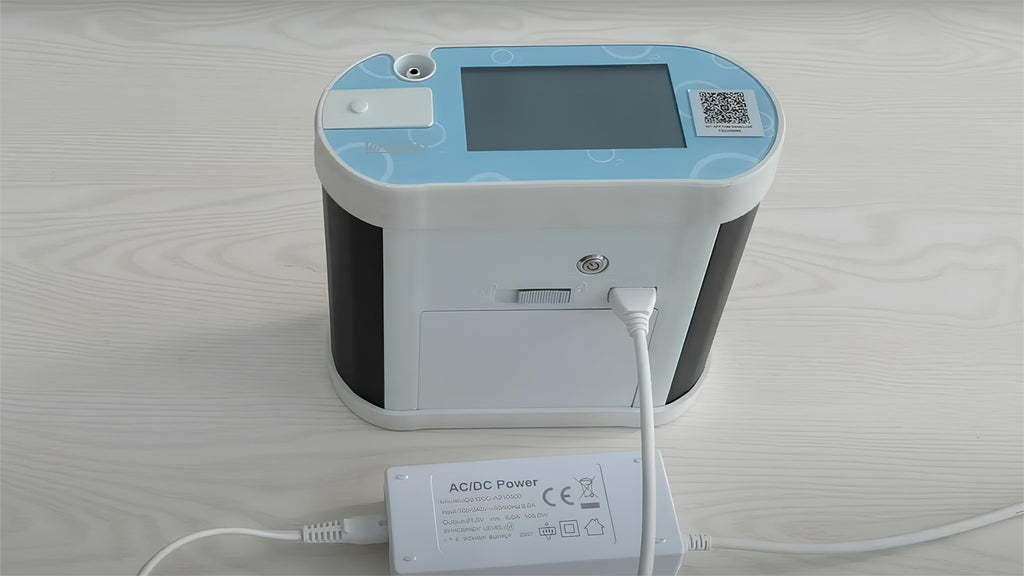
How to Select the Right Storage Space for Your Oxygen Concentrator
Finding the ideal spot to store your oxygen concentrator is crucial for preserving its condition. Here's how to pick the best storage space:
- Look for a well-ventilated area to ensure continuous airflow, which is necessary to prevent any buildup of humidity around the device.
- The chosen spot should maintain a consistent, moderate temperature and low humidity levels to protect the concentrator from extreme conditions that could cause damage.
- Keep the oxygen concentrator out of direct sunlight and away from sources of heat or cold, such as radiators or air conditioners.
- Ensure the location is dry and not prone to flooding or leaks to minimize the risk of moisture-related damage.
By carefully selecting an environment that meets these conditions, you're taking a significant step towards ensuring your oxygen concentrator remains in working order for whenever you need it next.
How to Properly Store Your Oxygen Concentrator
- Original Box Preferred: Whenever possible, store the concentrator in its original packaging for best-fit protection.
- Alternative Protective Covers: If the original box isn't available, opt for a custom-fit cover or bag that will prevent dust accumulation and protect against moisture.
- Elevate and Isolate: Store the concentrator off the ground on a shelf or stand to safeguard against flooding and reduce the risk of being bumped or knocked over.
- Ensure Dry Conditions: Select a storage area that is consistently dry and free from moisture build-up to prevent corrosion or mold growth. Incorporating desiccants like silica gel packets near the storage area can help absorb any ambient moisture.
- Maintain Temperature Control: Avoid areas that are prone to temperature extremes as they may affect battery life and electronic components. A climate-controlled environment is ideal to maintain consistent temperatures.
- Clear Ventilation Paths:Make sure there's nothing obstructing air inlets and outlets, as good ventilation is crucial even during storage.
- Avoid Heavy Stacking: Do not place heavy items on top of the packaged concentrator to prevent any pressure damage to the casing or internal components.
How to Store Oxygen Concentrator Batteries Correctly
Batteries are a crucial component of your oxygen concentrator, and how you store them can significantly impact their lifespan and performance. Here's what you need to do:
Handling Removable Batteries:
- If your concentrator uses removable batteries, take them out before storing the unit.
- Store these batteries in a cool, dry place, separate from the concentrator.
- Avoid extreme temperatures, as both hot and cold can reduce battery efficiency and lifespan.
Preventing Battery Drainage:
- Charge the batteries fully before storage. This helps prevent gradual loss of charge that can occur when batteries are not in use.
- Consider checking the battery charge periodically if you plan to store the concentrator for an extended period.
Temperature Considerations:
- Just like the concentrator, store your batteries in a temperature-controlled environment. Room temperature is typically ideal.
- Extreme heat can lead to battery leakage or swelling, while extreme cold can cause a loss of charge or damage battery cells.
Storing your batteries correctly is vital to ensuring they're ready to go when your concentrator comes back into use, providing you with the power you need, when you need it.
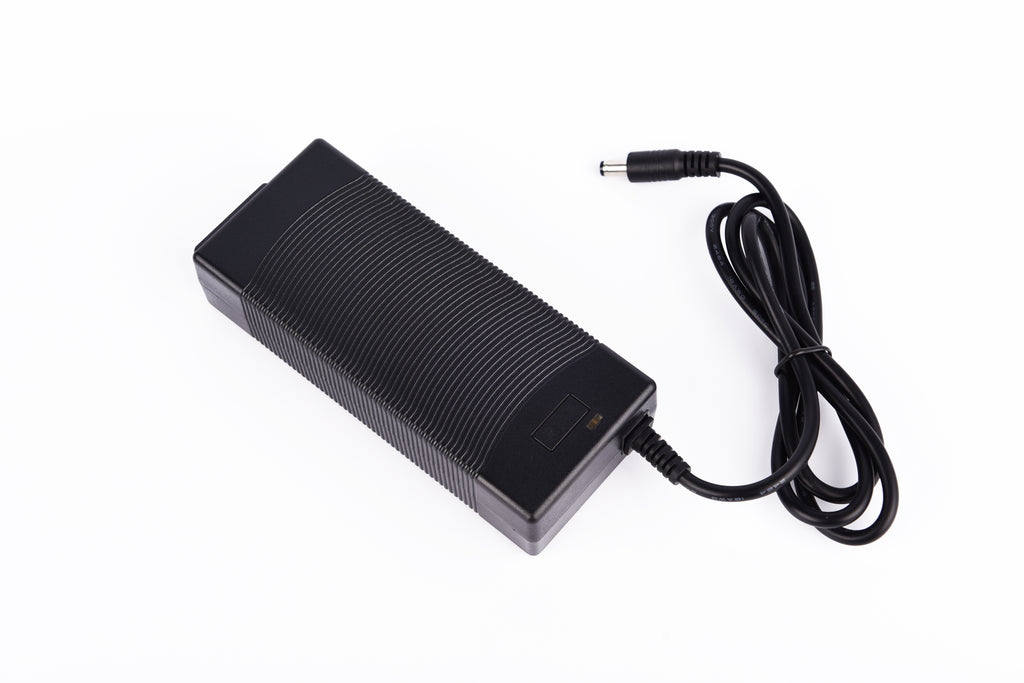
What Common Mistakes Should You Avoid When Storing an Oxygen Concentrator?
- Neglecting to Read the Manual:The manufacturer's guidelines are there for a reason. Skipping over these instructions often results in improper handling and storage which could void warranties or damage the unit.
- Forgetting to Remove Water: If your concentrator has a humidifier bottle or other water-containing components, failing to empty these can lead to bacterial growth or even freezing and cracking if stored in cold temperatures.
- Storing with a Depleted Battery: This is particularly relevant for portable oxygen concentrators. Storing the device with a depleted or low battery can lead to a decreased battery lifespan and potential failure when you need it most.
- Ignoring Environmental Factors:Placing the concentrator in areas that are prone to temperature extremes, dampness, or dust can cause severe damage to the electronic and mechanical parts of the device.
- Covering Air Intakes and Outlets: Storage covers or bags that block the air vents can restrict airflow, potentially causing overheating and system failures even while not actively in use.
- Exposure to Smoke and Cooking Fumes: Storerooms or garages where smoking takes place or which are adjacent to kitchens can leave your concentrator exposed to contaminants that may be hard to clean and can impair function.
- Piling Items on Top:Storing items on top of your concentrator can not only obstruct ventilation but also risk damaging the outer casing or internal components due to weight and pressure.
Can You Store an Oxygen Concentrator on Its Side?
No. It's best to keep oxygen concentrators upright. When stored on their side, parts inside might shift or get damaged, and it could block airflow or cause oil leaks. Always check the user guide for the right way to store your model, but standing up is usually the safe bet.
How Far Should an Oxygen Concentrator Be from the Wall?
Keep your oxygen concentrator at least 3 inches away from the wall. This space lets air move freely, keeping the machine cool and working well. It also makes it easier to keep it clean and stops vents from getting clogged with dust. A little distance goes a long way in making your machine last longer.
Can an Oxygen Concentrator Sit on a Carpet?
No. Operating an oxygen concentrator on a carpet isn't a great idea-it can get too hot and dusty, which can mess with how it works. If you have no choice, put something hard and flat under it. For storage, turn it off to avoid dust buildup, but keep it off the carpet if you can, or cover it without blocking the vents.
Can You Put an Oxygen Concentrator in a Closet When It's Not in Use?
No, it's generally not a good idea to store an oxygen concentrator in a closet, even when it's not in use. Closets typically lack proper ventilation and can be prone to dust and moisture accumulation, which may harm the device. The concentrator needs a clean, well-ventilated space to ensure its components don't degrade or become a fire risk due to poor air circulation. Always choose a storage area that is dry, cool, and has adequate airflow to preserve the integrity of the machine.
Can You Lay an Oxygen Concentrator on Its Side for Transport?
No, you should not lay an oxygen concentrator on its side for transport. Keeping the concentrator upright is essential to prevent damage. Laying it on its side can cause internal components to shift or fluids such as lubricants to move into areas where they could cause harm. Always transport your oxygen concentrator in the upright position to ensure it remains in good working order. If you're unsure about how to safely transport your model, check the manufacturer's instructions or contact them directly for guidance.
Final Thoughts
Proper storage of your oxygen concentrator is not just a recommended practice; it's a cornerstone of device maintenance that ensures its longevity, safety, and functionality. Let's quickly recap the key takeaways:
- Clean and fully charge your oxygen concentrator before storing it.
- Remove and separately store any removable batteries, also fully charged.
- Choose a storage space that is cool, dry, and well-ventilated.
- Store the concentrator off the ground and in a protective cover to shield it from dust and moisture.
- Regularly check on the equipment and the batteries if you're storing them for an extended period.
By adhering to these guidelines, you can rest assured that your concentrator will be in perfect working order when it's time to use it again. Maintaining your health shouldn't have to be complicated, and with these steps, you're ensuring that your oxygen concentrator remains a reliable aid in your daily living. If you have any doubts or questions, consult the manufacturer's manual or reach out to a healthcare professional for advice tailored to your specific equipment and needs.

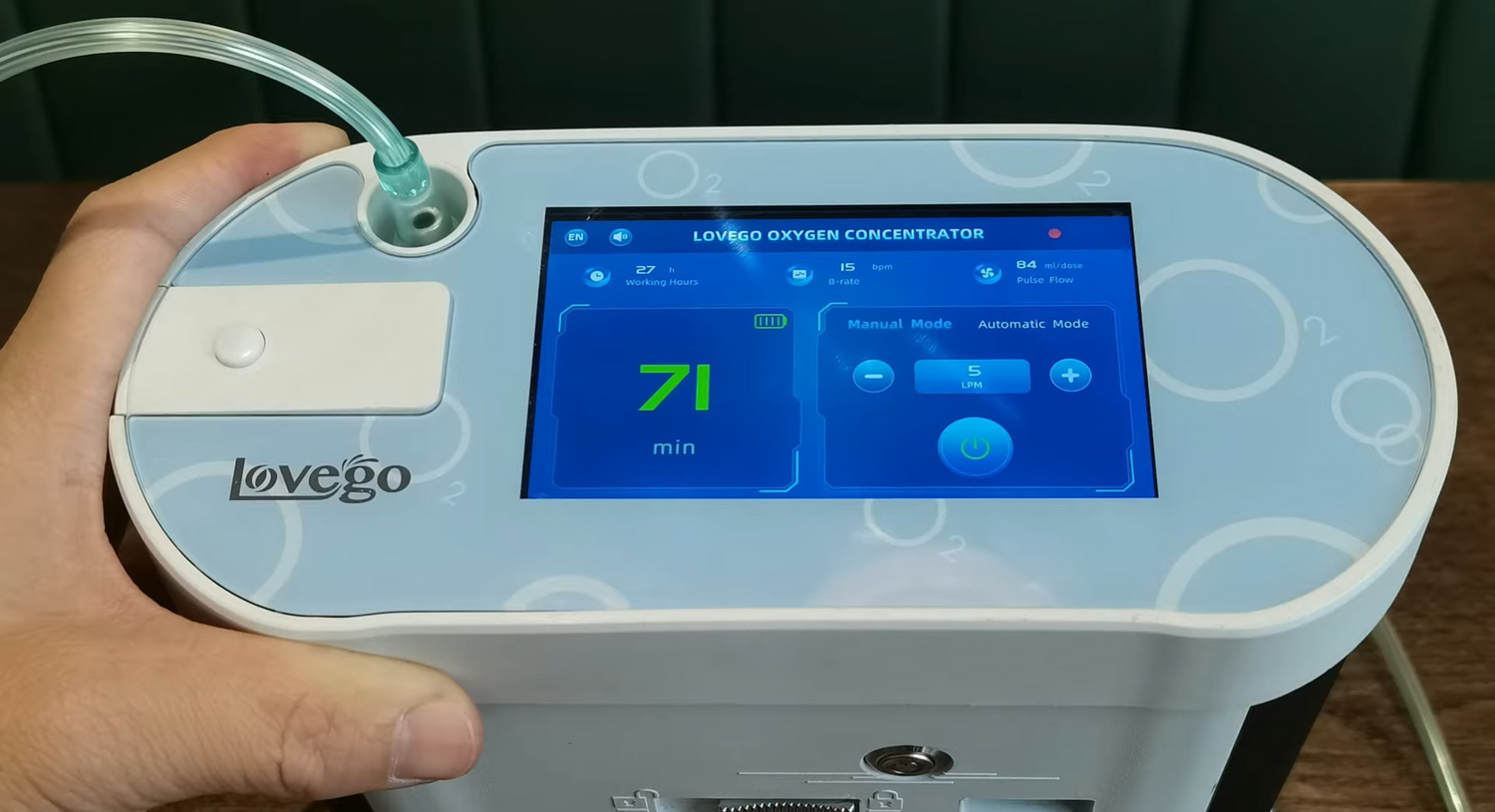

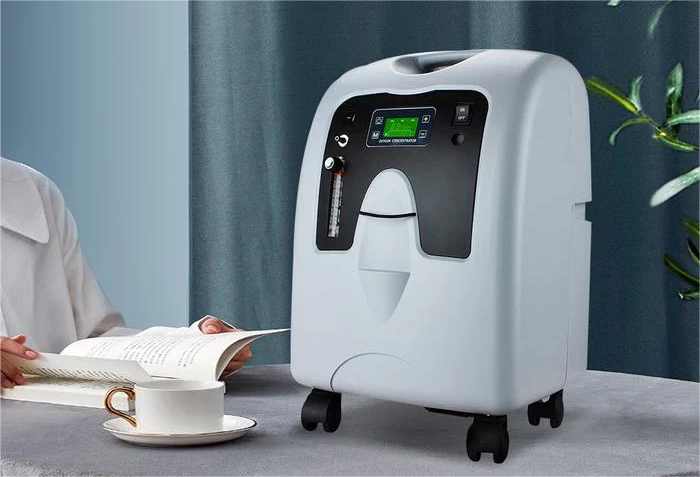
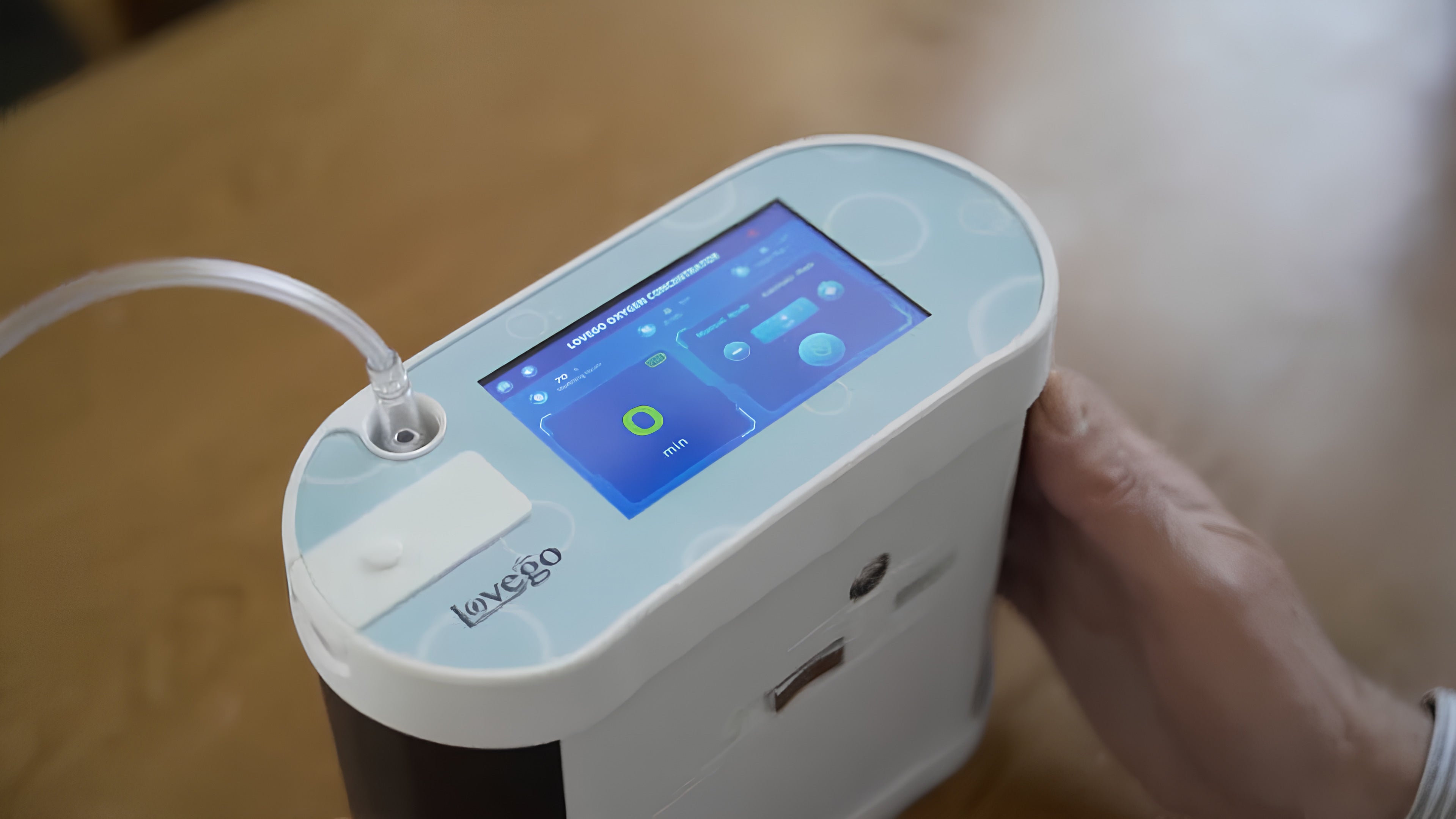
Dejar un comentario
Este sitio está protegido por hCaptcha y se aplican la Política de privacidad de hCaptcha y los Términos del servicio.